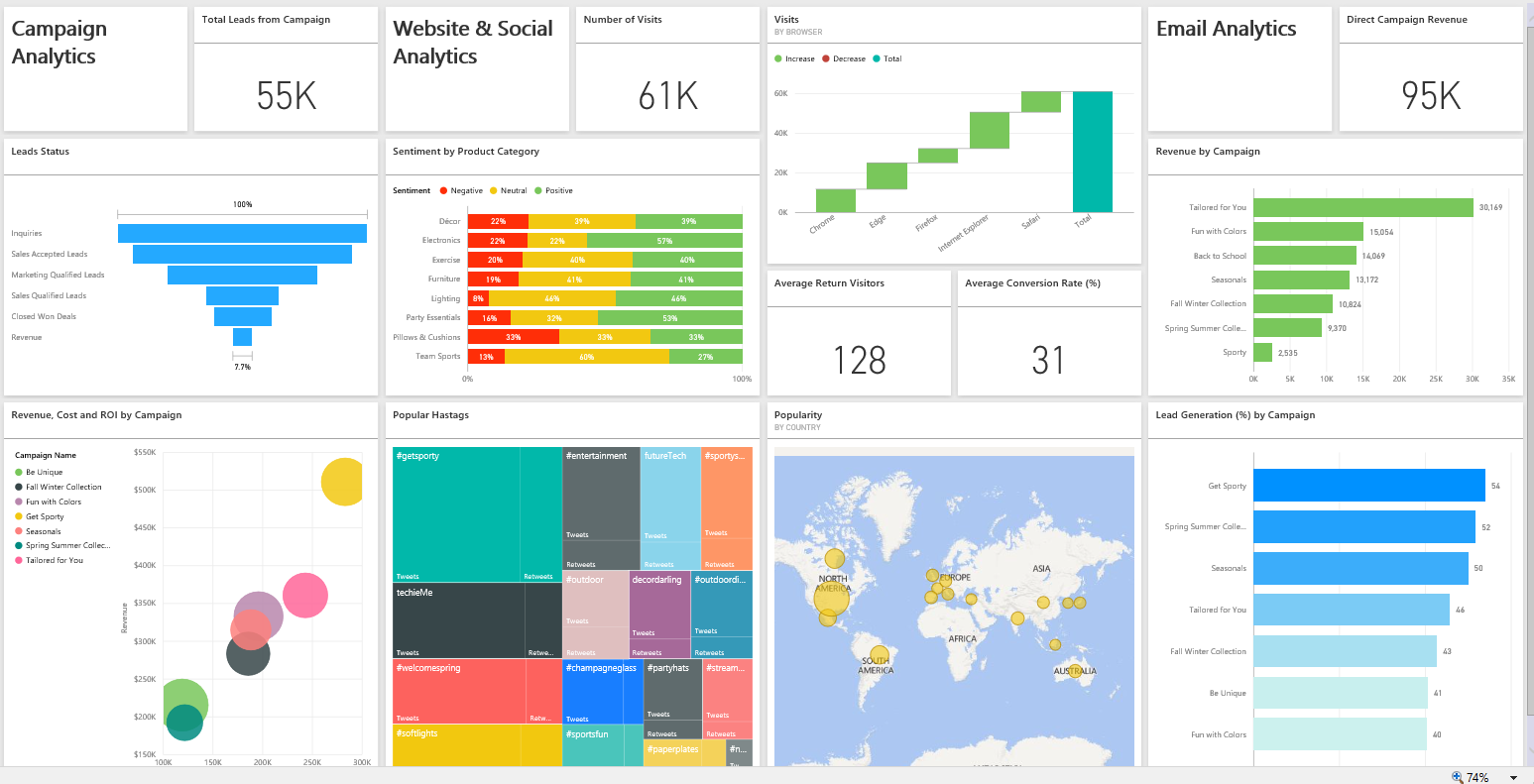 Cascia’s
stem cell therapeutics were engineered to overcome the two main barriers to
adoption by the medical community:
Cascia’s
stem cell therapeutics were engineered to overcome the two main barriers to
adoption by the medical community: 


 Cascia
Cascia
 Cascia’s
stem cell therapeutics were engineered to overcome the two main barriers to
adoption by the medical community:
Cascia’s
stem cell therapeutics were engineered to overcome the two main barriers to
adoption by the medical community:
Cascia was created to provide hospital-based stem cell treatments engineered to be
available within a few hours, with production costs that are a fraction of
the alternatives. Our Vivolux system enables us to achieve this vision.
Integrated Solution

Vivolux is designed to link all production instrumentation, record keeping, quality control, procurement, financial, and other reporting systems. This ensures that every batch of cells is monitored from the moment of bone marrow aspiration to the final implantation into the patient, while providing a level of quality control and traceability comparable to that of a typical pharmaceutical plant as each step is recorded by both instrumentation and video. The batch records, information about materials on hand, status reports from instrumentation provided with IoT (Internet of things) features, and video can all be accessed remotely for continual quality review.
Production of stem cell therapeutics is a complex process that is extremely difficult for humans to accomplish without significant time and cost. Integrating readily available information systems and features incorporated in modern instrumentation allow us to managed complexity, maintain control of the process, and produce high quality therapeutics so that our medical scientists can focus their efforts on delivering the best treatment for our patients.
Technology Driven
 Cascia's
approach to automation relies on major software platforms such as Microsoft
Dynamics and laboratory information systems from instrument providers such as
ThermoFisher. This drastically reduces development time and expense, and
allows our scientists and information technology professionals to focus on
value-added tasks rather than recreating simple process flows that are available
in commercial software. By building on Microsoft platforms that are
available in more than 40 languages, any technology we develop is ready to
implement in any market, and every application is already integrated with the
business analysis tools in the Microsoft suite of software.
Cascia's
approach to automation relies on major software platforms such as Microsoft
Dynamics and laboratory information systems from instrument providers such as
ThermoFisher. This drastically reduces development time and expense, and
allows our scientists and information technology professionals to focus on
value-added tasks rather than recreating simple process flows that are available
in commercial software. By building on Microsoft platforms that are
available in more than 40 languages, any technology we develop is ready to
implement in any market, and every application is already integrated with the
business analysis tools in the Microsoft suite of software.
Use of standard interfaces also lets our platform interact with systems of the hospital and other commercial partners. Our bioprinting robot can import spatial information from diagnostic imaging tools such as MRI and CT scanners, convert that information to .SLT files, and use the resulting information to design custom implants.
Our photomodulation options can be used to cure photosensitive materials and, in some cases, hydrogels containing selected components can be exposed to a variety of wavelengths that will determine the amount of cross-linking which in turn affects the tensile strength and degradation rate of the implant. Using a femtosecond pulsed Nd-YAG laser to drive an optical parametric oscillator, the laser can output light from 200 nM (the far UV‑C range) to 2,500 nM (the mid IR‑B range), all of which can be programmed and controlled from the bioprinting station.
AI Enabled
 Various
components of Vivolux provide reactive artificial intelligence capabilities,
these include:
Various
components of Vivolux provide reactive artificial intelligence capabilities,
these include:
The batch records accumulated from each procedure form a data warehouse that can be used to train even more capable AI components in the future as these technologies continue to develop.